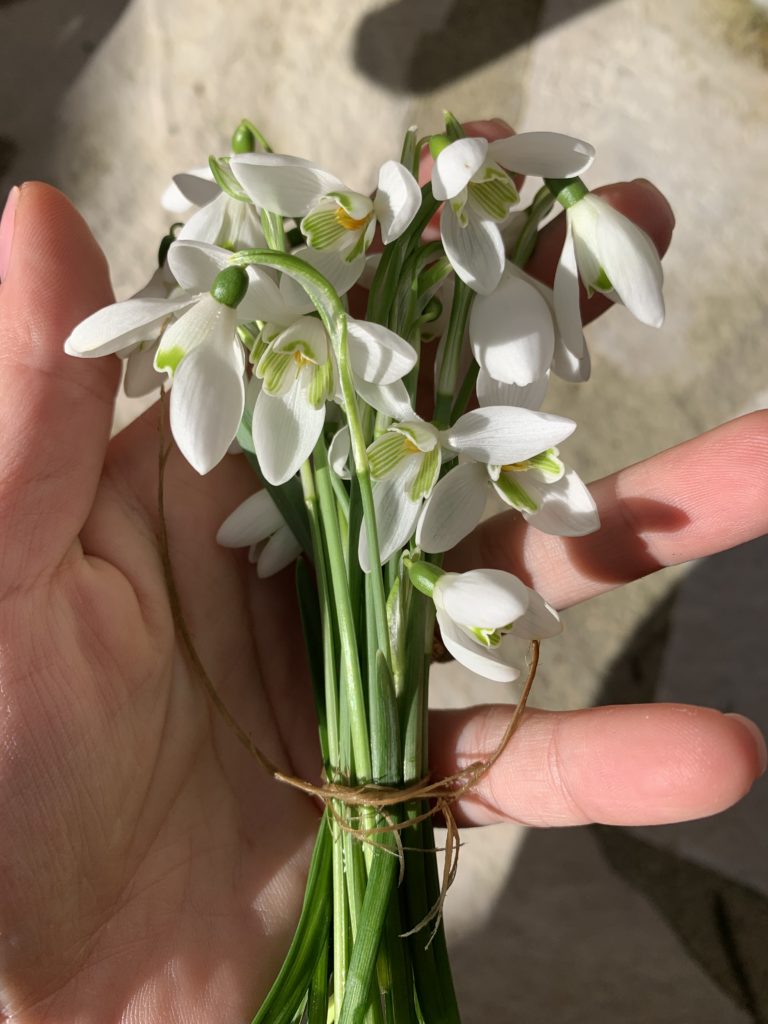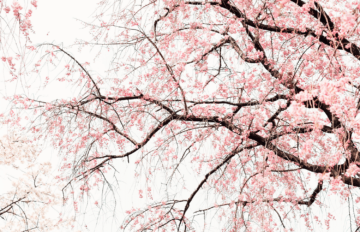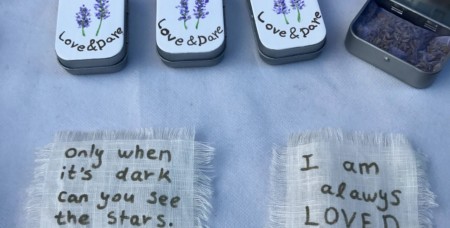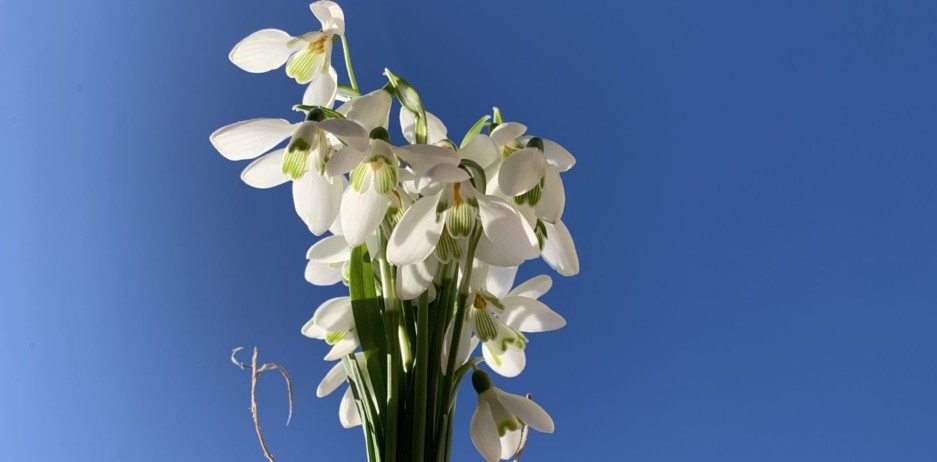
Lessons from Flowers: Learning the Way of the Flower; The Snowdrop
Only the strongest flowers can blossom in the depths of Winter, the ones that have the perseverance and capacity to overcome the cold, harsher elements and the shadows of the longer nights. However, those who do blossom in the Winter bring so much little joys to the shorter days. One of these Winter blossoms has a maximum height of 2-3 inches and can at times disguise itself in the snow-covered hills; this flower goes by the name of Snowdrop.
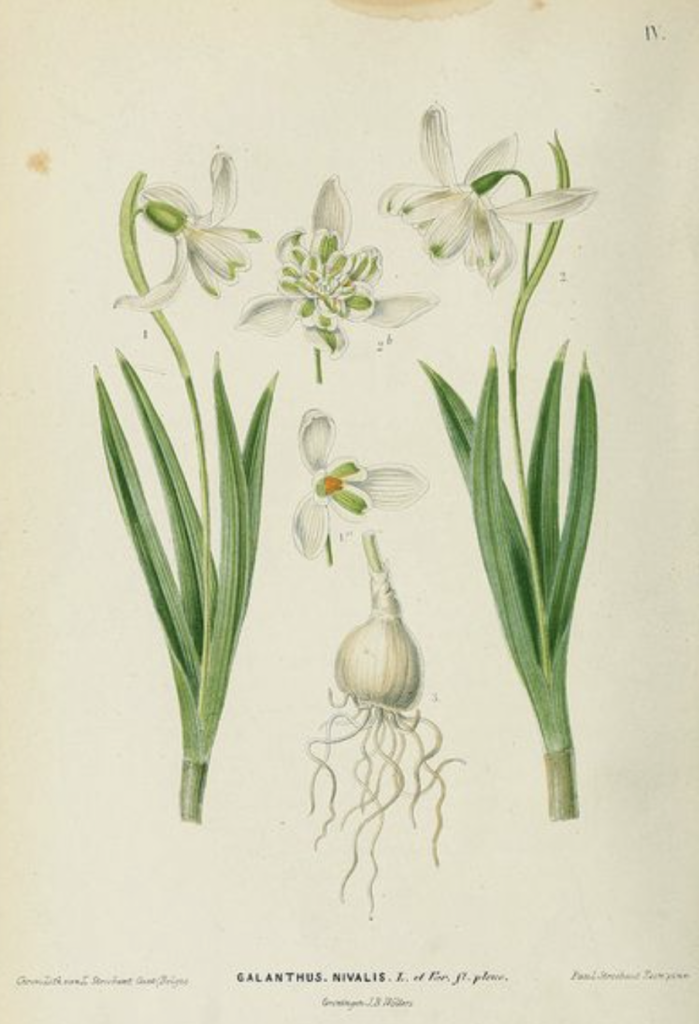
‘The Song of the Snowdrop Fairy’
Deep sleeps the Winter,
Cold, wet and grey;
Surely all the world is dead;
Spring is far away.
Wait! the world shall waken;
It is not dead, for lo,
The Fair Maids of February
Stand in the snow!
The tiny Snowdrop is part of the perennial family and the greater amaryllis family. Her mighty and delicate flowers face the earth instead of the sky, and when she does open, she reveals three inner petals that are embraced by three outer petals. One could say an extra layer of Winter protection. She is a delight to the quiet reflective days of Winter, as her perfume is subtle and sweet like honey. She is a symbol of the Spring to come and a beacon of hope.
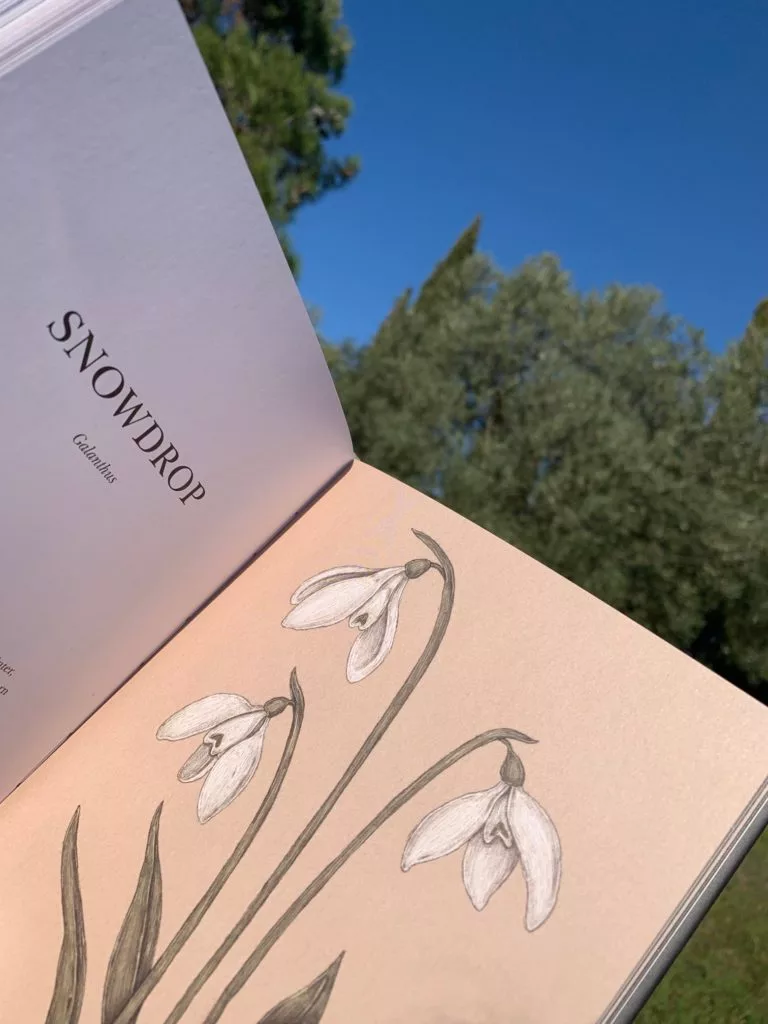
The Snowdrop was discovered in Europe and the Middle East, but she was to be brought around the world by the Romans. They had been known for many many years before as the “white violets” (4th century) their present name was given by the Carl Linneaeus, a Swedish botanist, who decided to honor the flowers white color and snow habitat and call it “milk flower of the snow”. There are a few different folktales that are derived from the Snowdrop such as one below from the land of Germany:
“At the beginning of time, Snow searched for a color to borrow. The elements admired flowers and their colors. When Snow asked and pleaded for one of the colors of the flowers, the flowers turned way denying Snow a color; they felt Snow was too cold and unpleasant. The snowdrop however felt sorry for Snow and offered it its color. Snow accepted the gift and became white from that point on. To show its gratitude, Snow allowed snowdrops to bloom at the end of winter with Snow’s protection against snow and ice. Snow and snowdrops exist side-by-side as friends…”
From this folklore the flower began to symbolize, friendship, compassion, and consolation in times of loneliness. As we accept and offer a helping hand to others, we deepen our own inner sense of acceptance and ability to receive help in-times-of-need.
The Snowdrop is a singular reminder that hope is always here, that someone whether we know them or not is willing to help, and that even in the darkest of the Winter hours or one’s life, little joys can and will grow from within.
